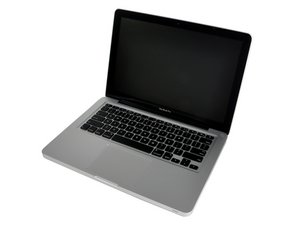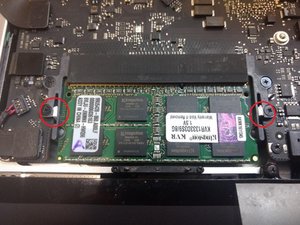Ram failure when moving -> Problem with Ram sockets! What to do?
MacBook Pro 13" Unibody Mid 2012 (2.5 ghz)
Hello,
Thank you for reading my question.
I have a MacBook Pro Mid 2012, a month ago it started with the beep code and I reseated the Ram. The Macbook worked just fine again.
Some days later I had to transport the MacBook in my hands while it was on and I saw some graphic failures on the display and the system froze.
I had to restart it and everything was fine.
It happened about 10 times the last days/weeks. When the failure occures it´s always when I´m applying force to the housing of the MBP.
Now, I think I figured out whats the problem:
The Ram socket on the downside has a connection problem when im applying force to the housing or the socket itself.
If I use the other socket there is no problem. I also tested the other Ram module. It is the socket.
After all this trying and figuring out what it could be I still don't know what to do now.
Do you know this failure? and what could I possibly do to fix it and use 2 RAM modules again (now Im only using 1 because of the bad socket).
Regards,
Alex
Is this a good question?

 1
1  1
1 
 970
970 
